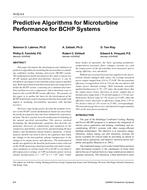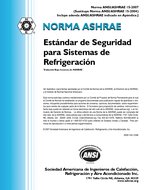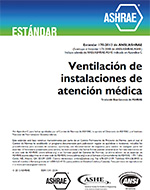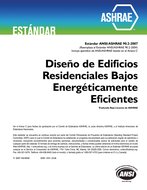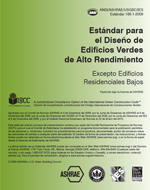Description
This paper documents the development and validation of predictive algorithms for modeling the microturbine in a building combined cooling, heating, and power (BCHP) system. The mathematical model developed in this study is based on a 30 kW natural gas-fired microturbine; however, it can be extended to encompass a microturbine of any capacity and fuel type. Both experimental and theoretical data are being used to model the BCHP system, consisting of a combined microturbine and heat recovery components, and to determine ways to improve the overall BCHP system efficiency. The purpose of this paper is to outline the basis for the development of the BCHP model and to report on progress that has been made with regard to modeling microturbine operation with thermal recovery.
The basic steps being used to develop the modular structure of the BCHP system mathematical model are described; the model developed to date has been validated by experimental data. The first step has been the mathematical modeling of the natural gas-fired microturbine. This process involved developing the thermodynamic equations that describe the polytropic processes of compression and expansion in the compressor and turbine, respectively, and developing the heat balance and mechanical energy balance equations. A linear analysis method was sed to derive the equations that relate the change in the microturbine exhaust backpressure to the change in its output power and efficiency. The mathematical model was applied to the baseline performance data collected on the 30 kW natural gas-fired microturbine unit under steady-state conditions at various loads (10 to 30 kW or one-third to full output power settings, in 5 kW increments) and at various exhaust backpressures (2.7 ×10 -4 to 1.7 ×10 -2 atm). Under these modes of operation, the basic operating parameters temperatures, pressures, flows, voltages, currents, etc.) and the output power of the microturbine were measured, and its energy efficiency was calculated.
Without any external back pressure applied to the microturbine exhaust (damper fully open), the average measured power output ranged from 10.0 to 27.8 kW. The microturbine efficiency averaged from 18% to 23% for the one-third to full output power demand settings. With maximum externally applied backpressure (1.70 ×10 -2 atm), the model shows that the output power losses (decrease in power output) due to backpressure range from 3.5% for full output to 5.5% for one-third power (lowest value of ~3%occurs at 25 kW), while the efficiency losses (decrease in efficiency) range from 2.5% to 4% (lowest value of ~2%occurs at 25 kW), correspondingly. The internal energy losses were calculated to be approximately 30% of the total power produced.
Units: SI
Citation: Symposium, ASHRAE Transactions, vol. 108, pt. 2
Product Details
- Published:
- 2002
- Number of Pages:
- 12
- File Size:
- 1 file , 620 KB
- Product Code(s):
- D-8982
